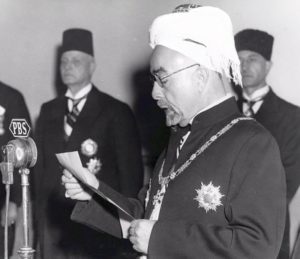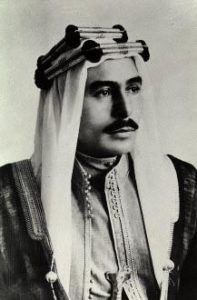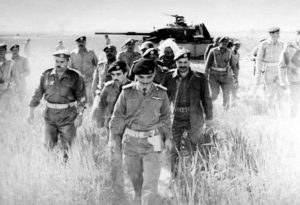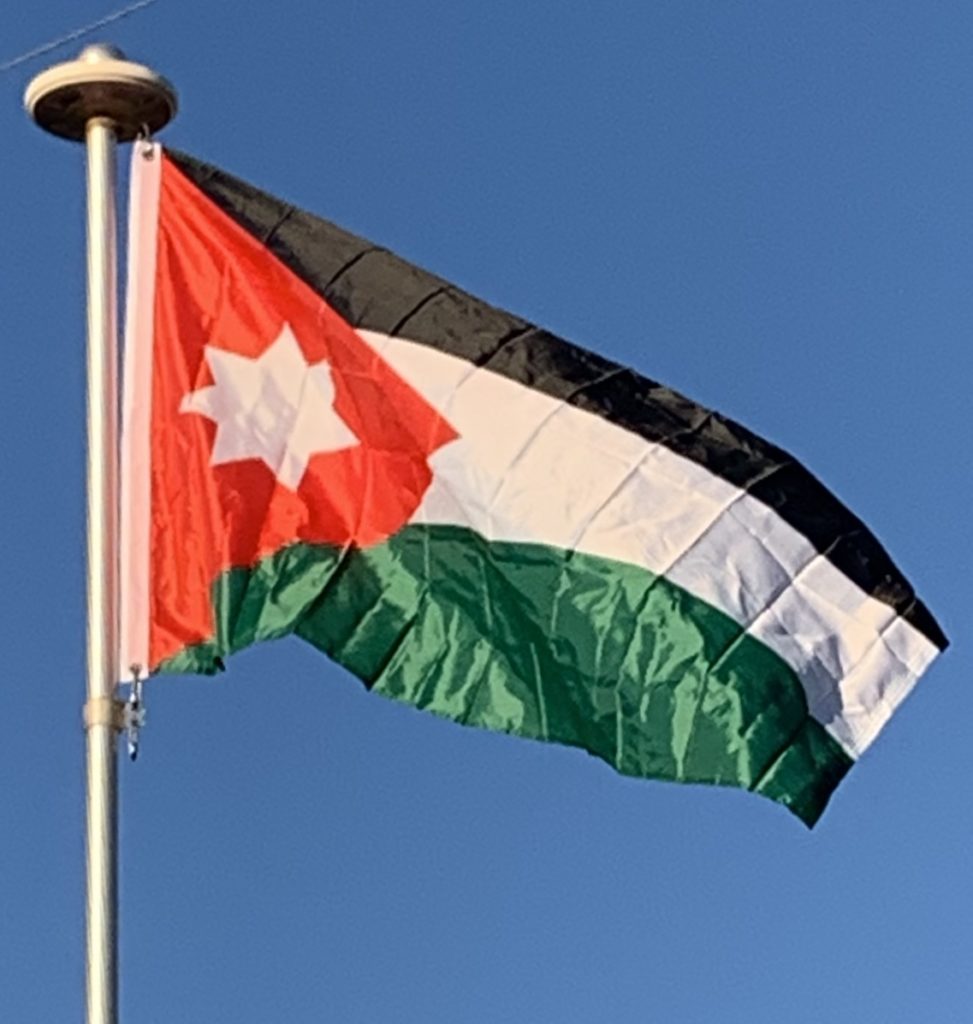
On 15 May 1948, as part of the 1948 Arab–Israeli War, Jordan intervened in Palestine together with many other Arab states. Following the war, Jordan controlled the West Bank and on 24 April 1950 Jordan formally annexed these territories after the Jericho conference. In response, some Arab countries demanded Jordan’s expulsion from the Arab League. On 12 June 1950, the Arab League declared that the annexation was a temporary, practical measure and that Jordan was holding the territory as a “trustee” pending a future settlement. King Abdullah was assassinated at the Al-Aqsa Mosque in 1951 by a Palestinian militant, amid rumors he intended to sign a peace treaty with Israel.
Abdullah was succeeded by his son Talal, who would soon abdicate due to illness in favor of his eldest son Hussein. Talal established the country’s modern constitution in 1952.

Hussein ascended to the throne in 1953 at the age of 17. Jordan witnessed great political uncertainty in the following period. The 1950s were a period of political upheaval, as Nasserism and Pan-Arabism swept the Arab World. On 1 March 1956, King Hussein Arabized the command of the Army by dismissing a number of senior British officers, an act made to remove remaining foreign influence in the country. In 1958, Jordan and neighboring Hashemite Iraq formed the Arab Federation as a response to the formation of the rival United Arab Republic between Nasser’s Egypt and Syria. The union lasted only six months, being dissolved after Iraqi King Faisal II (Hussein’s cousin) was deposed by a bloody military coup on 14 July 1958.
Jordan signed a military pact with Egypt just before Israel launched a preemptive strike on Egypt to begin the Six-Day War in June 1967, where Jordan and Syria joined the war. The Arab states were defeated and Jordan lost control of the West Bank to Israel. The War of Attrition with Israel followed, which included the 1968 Battle of Karameh where the combined forces of the Jordanian Armed Forces and the Palestine Liberation Organization (PLO) repelled an Israeli attack on the Karameh camp on the Jordanian border with the West Bank. Despite the fact that the Palestinians had limited involvement against the Israeli forces, the events at Karameh gained wide recognition and acclaim in the Arab world. As a result, the time period following the battle witnessed an upsurge of support for Palestinian paramilitary elements (the fedayeen) within Jordan from other Arab countries. The fedayeen activities soon became a threat to Jordan’s rule of law. In September 1970, the Jordanian army targeted the fedayeen and the resultant fighting led to the expulsion of Palestinian fighters from various PLO groups into Lebanon, in a conflict that became known as Black September.

In 1973, Egypt and Syria waged the Yom Kippur War on Israel, and fighting occurred along the 1967 Jordan River cease-fire line. Jordan sent a brigade to Syria to attack Israeli units on Syrian territory but did not engage Israeli forces from Jordanian territory. At the Rabat summit conference in 1974, in the aftermath of the Yom-Kippur War, Jordan agreed, along with the rest of the Arab League, that the PLO was the “sole legitimate representative of the Palestinian people”. Subsequently, Jordan renounced its claims to the West Bank in 1988.
